Common European Framework of Reference for the Languages (CEFR)
The Common European Framework of Reference for the Languages (CEFR) is the foundation to learn, teach, and evaluate the languages spoken in Europe. So, wherever you come upon A1, A2, B1, B2, C1, or C2, those are levels that the CEFR defines.
Moreover, this reference was developed in 1989 by the Council of Europe, providing guidelines for curriculum elaboration, textbooks, syllabus, examination, and related activities.
Does that council rule all language courses?
No, that council does not rule any language course. In fact, the CEFR does not specify any requirements but defines a common language-domain scale. Also, it shows us a way to determine the ability to communicate in Europe, using any of its languages.
Actually, the Common European Framework of Reference for the Languages was the main part of a project named «Language Learning for European Citizenship», but the European Union adopted it as its standard in 2001.
In brief, instructors worldwide act according to these guidelines, then all activities aim to reach a clear objective with the same foundation for all examinations.
Can you explain these levels in simple terms?

A1 CEFR Level
Has basic capabilities to communicate with others in simple ways.
If you barely know Spanish, we recommend the Spanish for beginners course.
Someone on this level could say: «Mi casa es tu casa», or similar expresions.
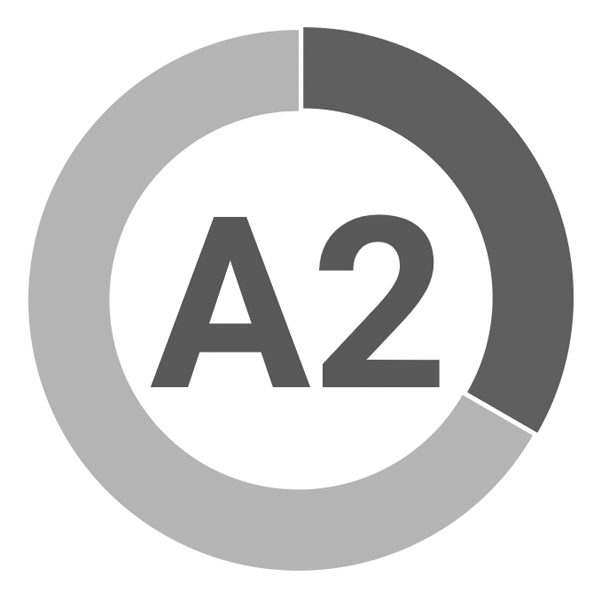
A2 CEFR Level
Has the ability to deal with simple information within a routine context.
If reading the sentence below leaves you no idea what it means, then your choice is Spanish for beginners. On the contrary, if you understand it, then go for a program to gain fluency.
An A2 student could understand this: «Mi casa alberga huéspedes.»
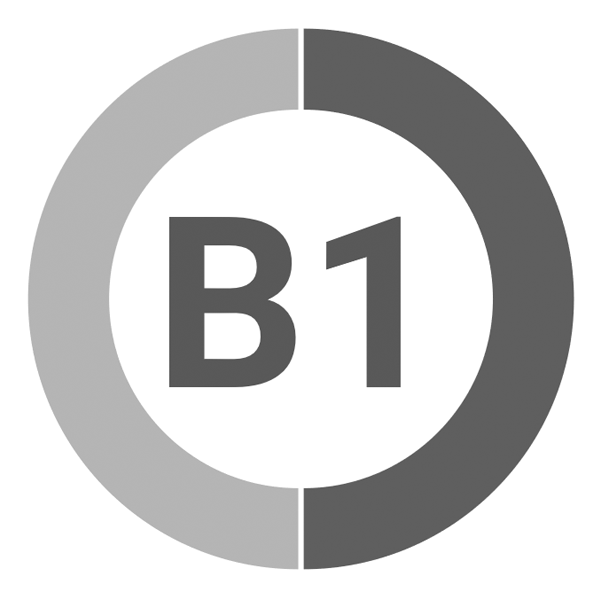
B1 CEFR Level
Has the ability to deal in a limited way with familiar situations. Also, deals with nonroutine information in a general manner.
If your skills brought you here (to B1 level), then you should understand every single word shown above. If so, the perfect choice for you is advanced training.
A B1 speaker could get this: «Mi casa funge como apartahotel alquilado.»
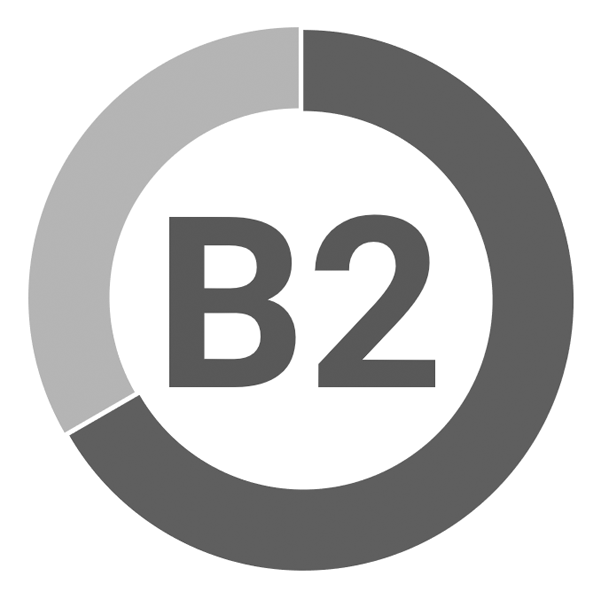
B2 CEFR Level
Able to achieve most goals, and express oneself on different topics.
Yeah, the same recommendation for you: get an advanced Spanish course with us. Do not waste your time applying to basic courses. Instead, at least apply for a fluency program.
Easy as pie for a B1 speaker: «Sé bienvenido al establecimiento en el cual dormirás plácidamente.»
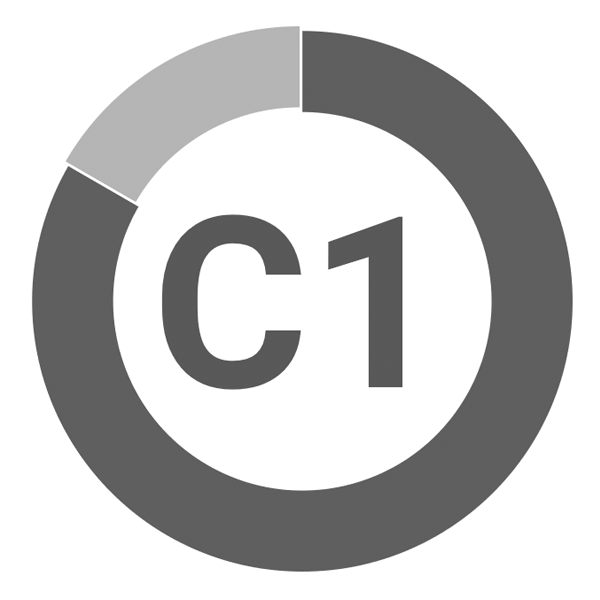
C1 CEFR Level
Able to communicate in a very appropriate, sensitive, and enriched way. But also capable of dealing with unfamiliar topics.
Your advanced program will gravitate around your favorite subjects: economy, medicine, engineering, technology, fashion, politics, etc.
When a person reaches this level, special training is optional. Only a specific or goal-driven course could really help him/her.
Look how a C1 deals with unfamiliar sentence: «Que tu estancia esté llena de gozo, pues mis aposentos son tuyos también.».
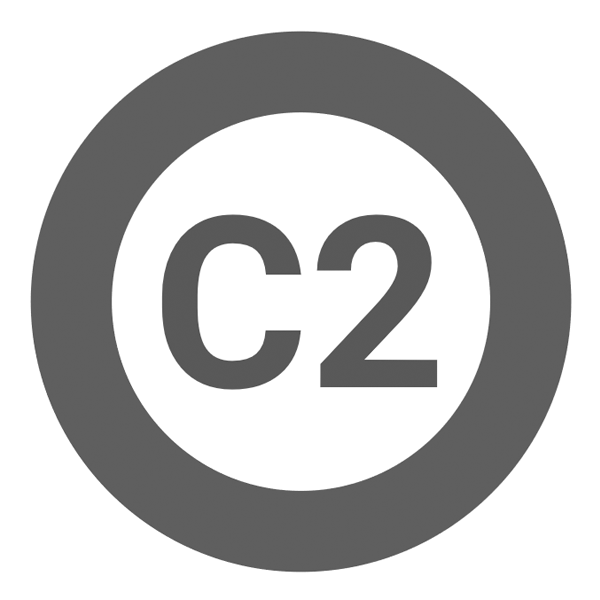
C2 CEFR Level
Able to deal with academic or cognitively demanding material. Could use the language in a better way than the average native speaker.
With the mastery level, you could become a comedian, actor, politician, and there would be no limits for communicating anywhere, in Spanish.
Our recommendation could be jumping to an official translator course, teach Spanish to language professors, etc.
At this point it gets weird: «Cuánta algarabía, el regocijo de este servidor por tu cercanía ensancha las puertas de mi humilde morada».
Cool huh?
Start learning, grow or master your Spanish skills today.
See you soon!
Learning Spanish is fun. 😉
We’re online, near you.
Av. República del Salvador N34-140
Edificio Diamond Business
Piso 5 Sector La Carolina
Quito Norte, 170135, Ecuador.